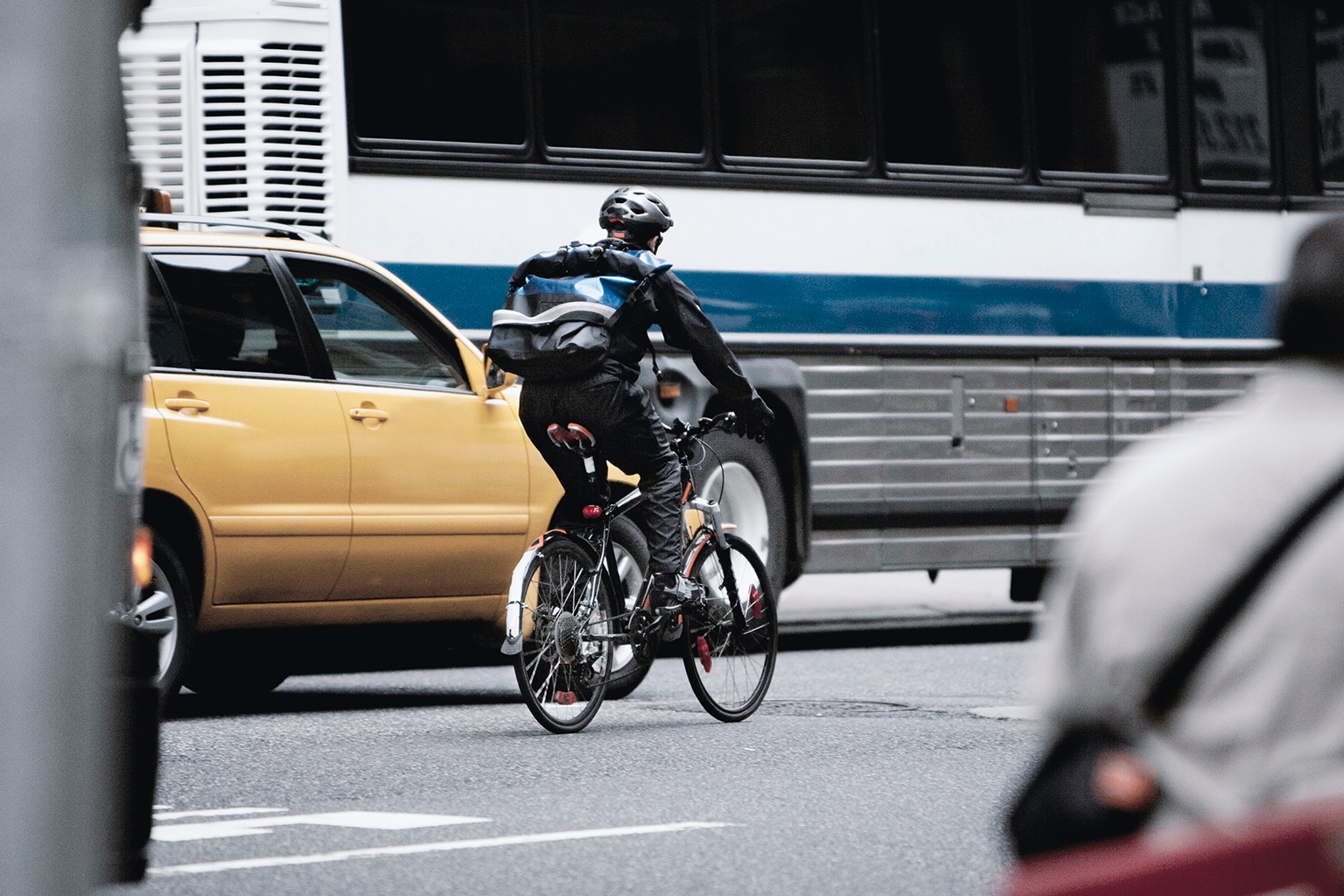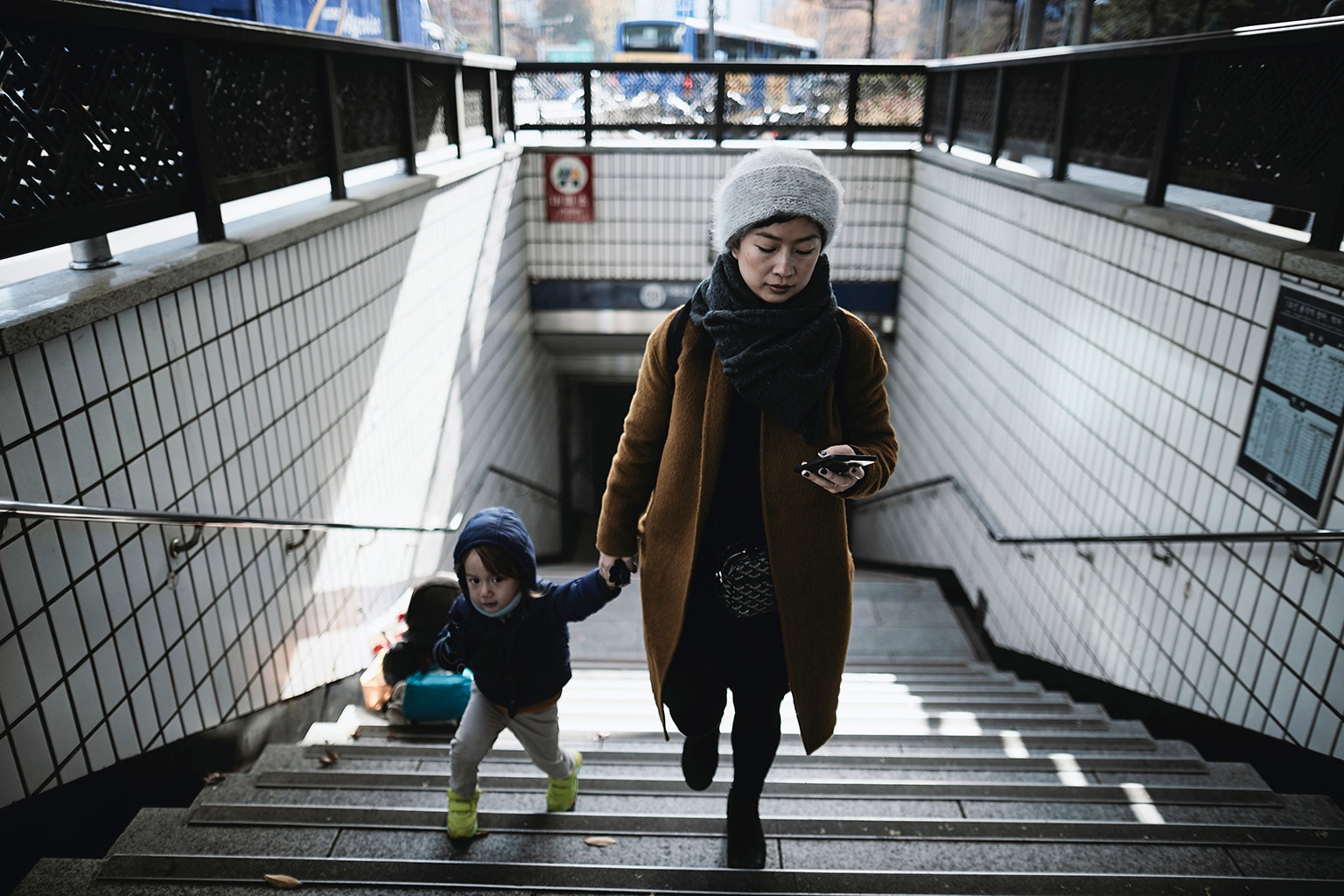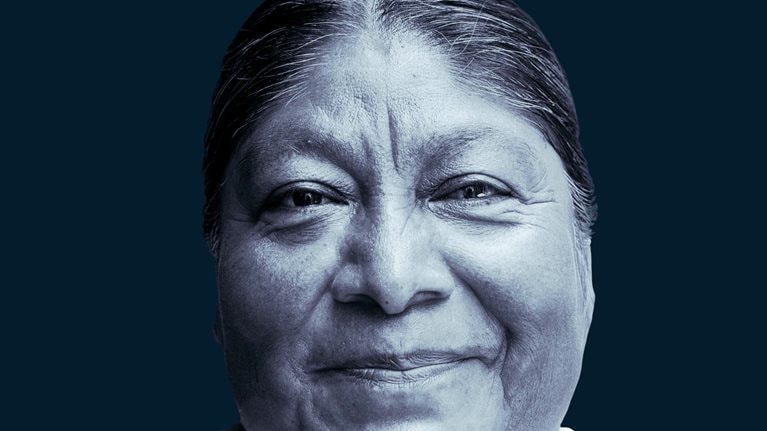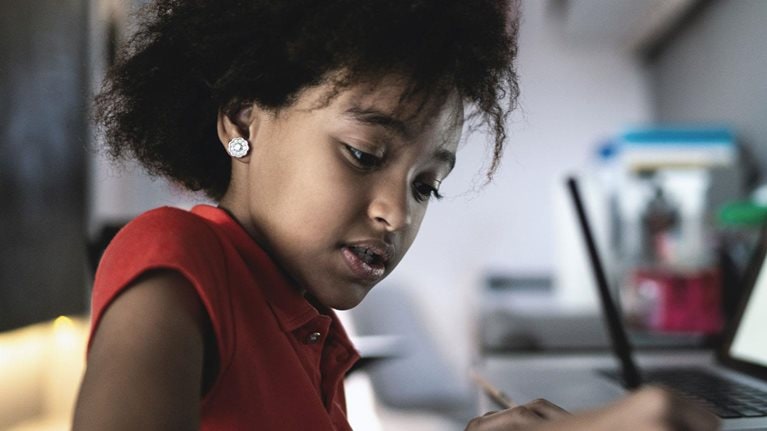As one of the first epicenters of the global COVID-19 pandemic, New York City (NYC) was hit early and hard. Now, more than a year after it went into lockdown, the United States’ most populated metropolis and one of its greatest engines for economic growth is slowly recovering. Yet challenges remain: the city continues to face higher unemployment rates than the rest of the country, and many New Yorkers are still struggling to meet basic needs such as food, healthcare, transit, and internet access (Exhibit 1).
As the city begins to recover, we set out to understand New Yorkers’ experiences during the pandemic and their outlook on the future—as well as which barriers to economic inclusion have been created or exacerbated by the pandemic. We heard directly from New Yorkers about their economic standing and how the pandemic has affected their financial and material well-being.
Our report has found fault lines within the city’s recovery and has highlighted inequities and barriers to economic inclusion. Racial and ethnic minorities, immigrants, low-income residents, women with childcare responsibilities, and young people are especially affected. Individuals who intersect within these groups—for example, low-income immigrants and Black and Hispanic/Latino caregivers—are at risk on multiple dimensions (Exhibit 2). They represent a substantive part of NYC’s population: more than 2.4 million New Yorkers are immigrants who are also racial or ethnic minorities. And more than a million New Yorkers who live below the poverty line are part of racial or ethnic minority populations. These residents, and the neighborhoods where they live, are most at risk of being left behind in the recovery.
We have also found evidence of New Yorkers’ resilience: despite the challenges they face, on the whole, New Yorkers are more optimistic than residents in some other areas of the country about the future economic outlook for themselves, their families, and the wider community.
This article presents 12 potential areas of focus for leaders in the public, private, and social sectors to consider. Together, they present a unique view of the challenges and opportunities facing the country’s largest city (by population) and the potential for an inclusive recovery for all New Yorkers.
Twelve insights
The following 12 critical insights from our research include findings on income loss, demographics, job status, pandemic effects, and distribution.
How New Yorkers’ incomes were affected during the pandemic

1.
Almost one in three New Yorkers reported a loss of income between spring 2020 and spring 2021; the same number reported cutting back on food expenses and medical care.
2.
Low-income New Yorkers have been the most affected financially during the pandemic, while higher-income households have been insulated—and often even improved their financial situation. One-third of New Yorkers earning less than $50,000 reported a decrease in income between spring 2020 and spring 2021, and only one-fifth reported an increase in income. Conversely, only one-fifth of New Yorkers earning more than $100,000 reported a decrease in income, while one-third reported an increase.
How various demographics in NYC fared throughout the pandemic

3.
Racial and ethnic minorities reported difficulties covering basic expenses, with Hispanic/Latino and Asian New Yorkers reporting greater income losses than the broader population. Forty percent of Black and Hispanic/Latino New Yorkers said they would not be able to cover expenses for more than two months following a job loss, compared with 25 percent of White New Yorkers.
4.
Immigrants have been highly susceptible to pandemic-induced economic shocks: 45 percent of first-generation immigrantsreported that their living situation in spring 2021 was less secure than in spring 2020.
5.
Women with childcare responsibilities have been pushed out of the labor market by the twin issues of working in harder-hit industries and roles and an increased burden of childcare, which disproportionately falls to women. Additionally, women from all income brackets were consistently more likely than men to experience a loss of income, with 34 percent of women earning less than $50,000 reporting a loss of income during the pandemic, compared with 28 percent of men earning less than $50,000.'
6.
Lesbian, gay, and bisexualNew Yorkers were less likely to report a direct financial impact from the pandemic but were more at risk financially overall and more likely to report that their sexuality negatively impacts their prospects: 45 percent of gay, lesbian, or bisexual respondents in NYC believe their sexual orientation negatively impacts their job prospects, a rate ten percentage points above the national average.
How the pandemic affected jobs in NYC

7.
Contract, temporary, and freelance workers remain especially financially vulnerable and have been forced to make cutbacks at the same rate as those without employment altogether. One in three workers in nonpermanent roles reported having to cut back on food and medical expenses during the pandemic.
8.
Young workers are especially pessimistic about the current economy and their future options, and these New Yorkers report higher debt burdens and greater concerns about mental health than the general population. More than 60 percent of workers aged 18 to 24 reported that their mental health impacts job performance.
How the pandemic’s effects were compounded in NYC

9.
New Yorkers who belong to two or more at-risk groups face compounding challenges. For example, while 36 percent of Hispanic/Latino New Yorkers and 38 percent of first-generation immigrants reported a loss of income between spring 2020 and spring 2021, 46 percent of Hispanic/Latino first-generation immigrants reported a loss of income.
10.
Populations that are at risk are not evenly spread throughout the city, which means that certain neighborhoods are more likely to be affected than others. Just 20 percent of neighborhoods collectively house 64 percent of NYC’s Black New Yorkers, and the concentration of households earning less than $50,000 is more than 18 percentage points higher in these neighborhoods than all other NYC neighborhoods.
How New Yorkers feel about the future

11.
Beyond loss of income, long-standing challenges were intensified during the pandemic in areas such as healthcare access, housing, and digital and transit connectivity. New Yorkers also highlighted the pandemic-driven issues of unfinished learning in education and diminished job-market access.
12.
Despite it all, New York is optimistic. New Yorkers were the fifth most optimistic in their outlook out of 17 large metropolitan statistical areas (MSAs), although the gap in reported optimism between men and women in NYC was wider than in other cities, as was the gap between different racial and ethnic groups.
Where to go from here
Contrary to the widespread belief that New Yorkers fled the city in 2020, New York’s population today is not out of line with recent historical trends and reached a record population of 8.8 million in the 2020 census. The city also added almost 400,000 jobs between April 2020 and April 2021. But the city’s deep inequities were further exacerbated by the pandemic, and New York is losing out on the economic potential of many residents. The most vulnerable New Yorkers are still hurting, pointing to a moral and practical case for action, as the current economic recovery is not encompassing all New Yorkers.
As NYC continues its recovery, leaders can look to work hand-in-hand with communities and a broad range of stakeholders to craft interventions and solutions that build economic inclusion. This article is the first in an ongoing series that will tackle strategic priorities for the city’s recovery.









